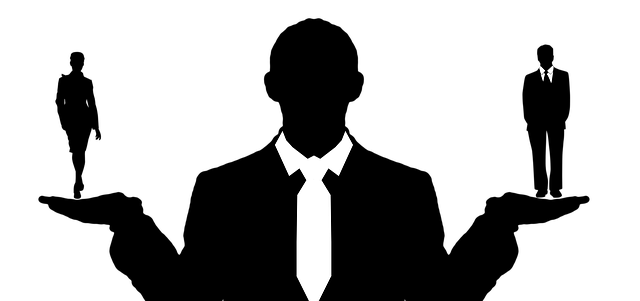Purchase Order (PO) financing and Invoice Factoring are complementary financial strategies for businesses. PO financing extends credit based on future purchases, ideal for long-term clients with extended payment terms, while Invoice Factoring converts accounts receivable into immediate cash by selling invoices to a third party, perfect for rapid funding needs or growth opportunities. Both have distinct advantages catering to different business requirements, ensuring entrepreneurs can select the most suitable method for their operations based on specific needs and strategic goals.
“In today’s dynamic business landscape, efficient cash flow management is crucial for growth. This article explores two powerful financial tools: Purchase Order (PO) Financing and Invoice Factoring. We’ll dive into their distinct roles, uncovering the key differences between these two solutions. From understanding their fundamentals to comparing benefits and use cases, this guide offers insights into how PO financing and factoring can enhance business operations, streamlining processes for both large enterprises and small businesses alike.”
- Understanding PO Financing and Invoice Factoring: An Overview
- Key Differences Between Purchase Order Financing and Invoice Factoring
- Comparing the Benefits and Use Cases of PO Financing vs Factoring
Understanding PO Financing and Invoice Factoring: An Overview

Purchase Order (PO) financing and Invoice Factoring are two distinct yet powerful financial tools that offer businesses flexible solutions to enhance their cash flow management. PO financing, often referred to as buyer financing or vendor financing, involves a seller extending credit to a buyer based on the terms outlined in a purchase order. This method is particularly useful for businesses dealing with large orders where the payment terms are extended, allowing buyers time to settle invoices. On the other hand, Invoice Factoring is a process where a business sells its outstanding invoices (or accounts receivable) to a third-party factor at a discount. The factor then collects the full amount from the buyer, relieving the seller of the cash flow burden.
The main difference between PO financing and Invoice Factoring lies in their approach to funding. PO financing focuses on the credit relationship between the seller and buyer, while Invoice Factoring involves selling the debt (invoices) to a third party. PO financing is ideal for maintaining open lines of credit with clients, fostering long-term business relationships. In contrast, Invoice Factoring provides immediate funds, making it more suitable for businesses needing rapid access to capital, especially during cash flow shortages or to fund growth opportunities. Comparing these two options, each has its unique advantages and is better suited to different business needs, ensuring entrepreneurs can choose the most effective strategy for their operations.
Key Differences Between Purchase Order Financing and Invoice Factoring

Purchase Order (PO) financing and invoice factoring are both powerful financial tools that provide businesses with working capital, but they operate in distinct ways. PO financing involves funding against an upcoming purchase order, allowing businesses to access money before they receive goods or services. This method is ideal for companies that need cash flow to cover supplies or materials, as it aligns payment with the delivery of goods.
In contrast, invoice factoring focuses on converting accounts receivable into immediate cash. Instead of waiting for payments from customers, businesses sell their invoices (or claims) to a third-party factor, who then collects the debt from the customer directly. This method is beneficial for companies with slow-paying clients or those seeking rapid access to funds. Invoice factoring provides instant liquidity, whereas PO financing offers funding tied to specific purchases.
Comparing the Benefits and Use Cases of PO Financing vs Factoring

When considering financial solutions for businesses, understanding the nuances between purchase order financing (PO financing) and invoice factoring is key. These two methods offer distinct benefits tailored to different business needs.
PO financing involves funding against an upcoming invoice or purchase order, providing capital before the sale is completed. This is ideal for companies seeking to enhance their cash flow by accelerating receipt of payments from customers. On the other hand, invoice factoring involves selling outstanding invoices to a third-party factor, who then collects the debt on behalf of the business. Factoring offers immediate relief from accounts receivable and can be particularly advantageous for businesses with a high volume of short-term invoices or those dealing with slow-paying clients. While PO financing focuses on pre-sale funding, factoring prioritizes post-sale cash flow management.






